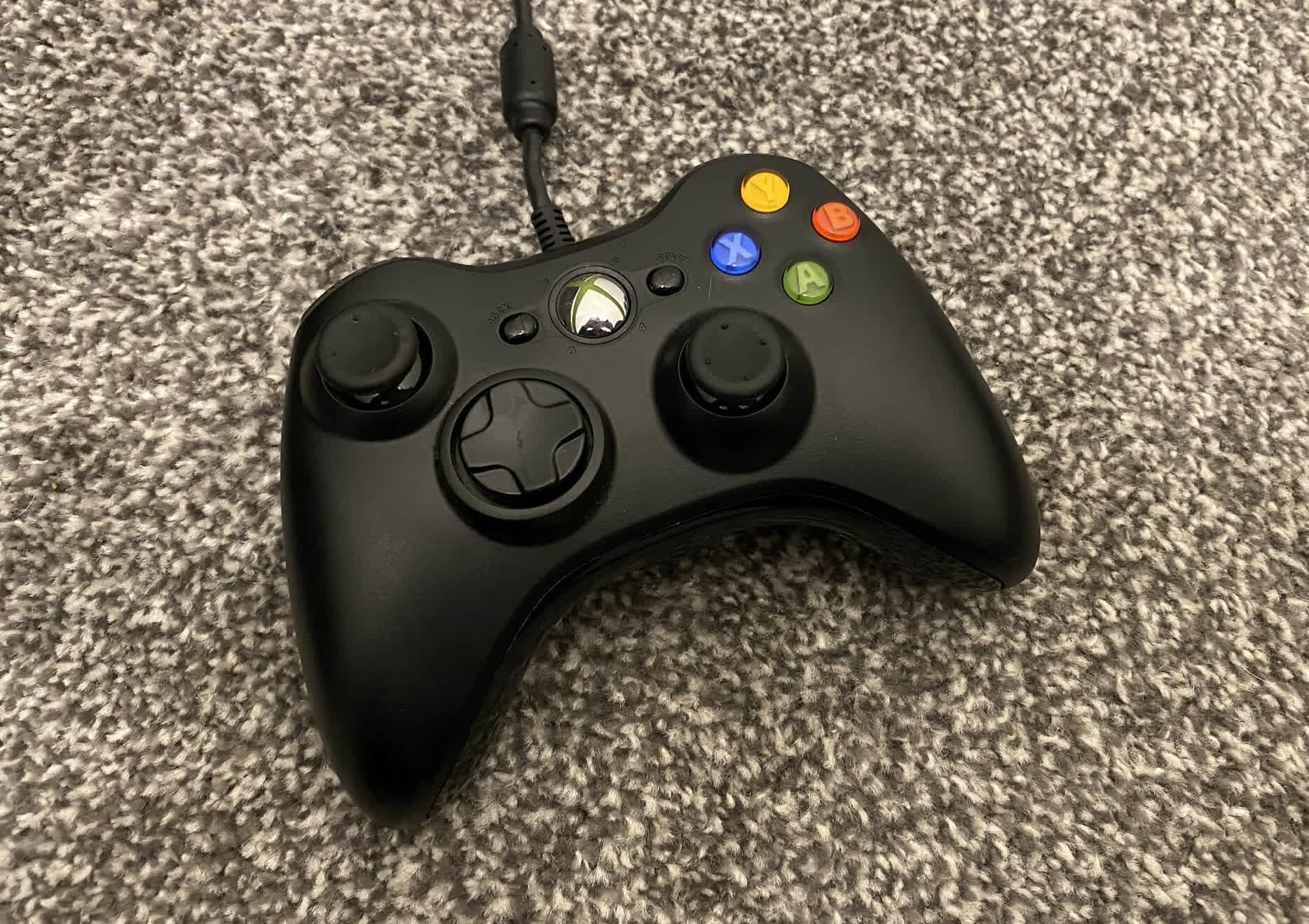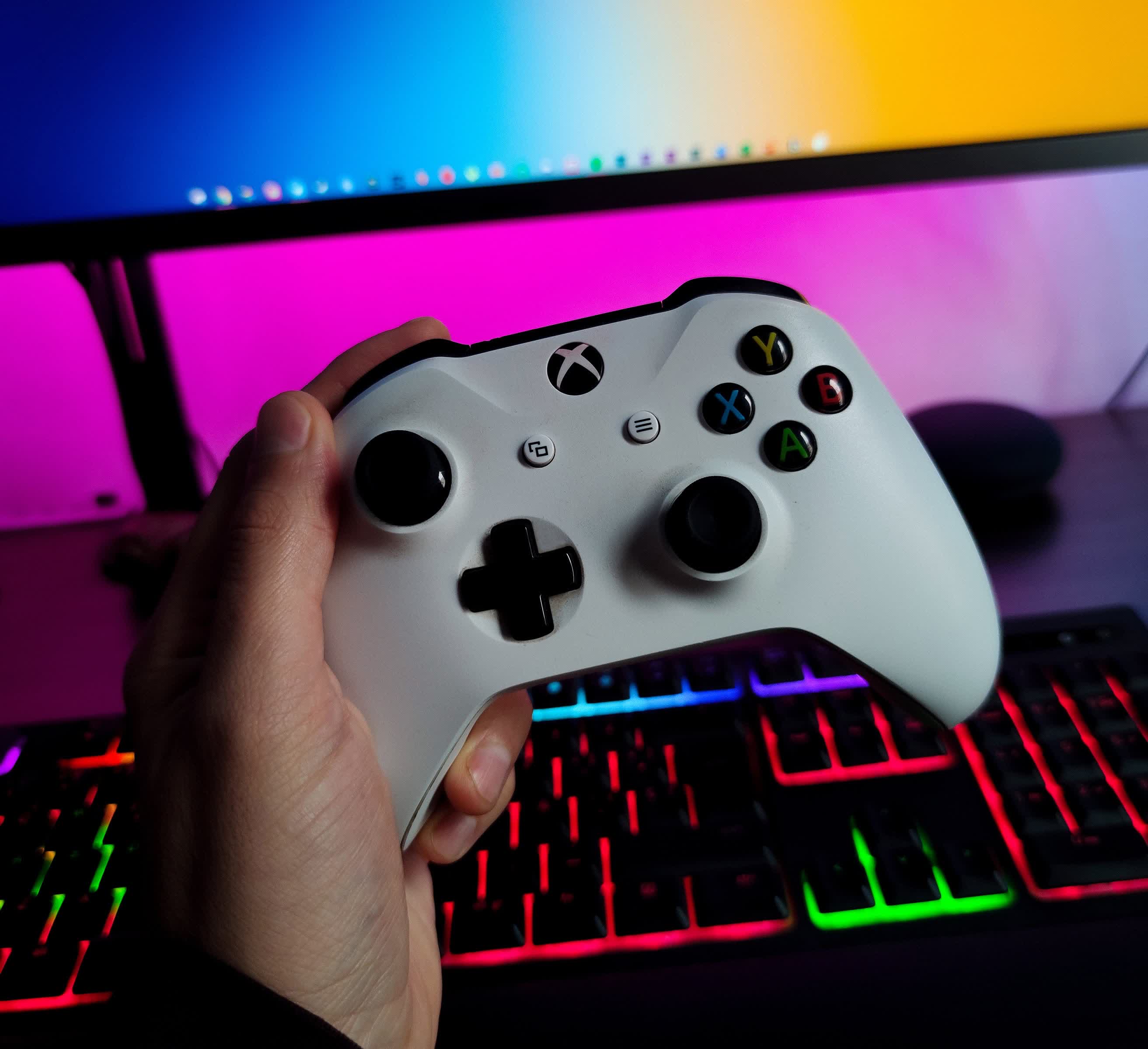Input devices have a key role in the computing and gaming landscape. Today we'll finish our autopsy of the major input devices by chopping open a classic gamepad: Microsoft's Xbox 360 controller. This design has been much imitated and for good reason: it suits a wide range of hands and game styles.
Unquestionably, the guts of input devices are pretty cool to look at. This means getting our scalpels out and sending them off to the operating table, for another dissection of the anatomy of hardware. If you missed our previous Anatomy articles, here's a quick collection of all the parts we've covered so far:
It's all within your hands
The Xbox gamepad was updated for the Xbox One and again for the Xbox Series X/S, but the overall layout has not changed. Sony PlayStation controllers or other gamepads will be similar inside.
There are a total of 14 buttons, two triggers, and two joysticks in this controller, so you'd be forgiven in thinking that the interior is hugely complicated. But such things tend to lead to more expense, so Microsoft's designers aimed towards keeping things as simple as possible.

For the buttons, the controller employs a combination of membrane-like contacts for the majority and microswitches for where they can't be used.
The image below shows this clearly, with the main colored and start/menu buttons, along with the D-pad, all being simple membrane switches – when the button is pressed, a pad at the end of it (or underneath the silicone layer) completes a break in the trace, creating the signal.

Microswitches are used in just two places: the joysticks and the shoulder buttons; this is why they make a distinctive click when pressed.
In the case of the joysticks, they're used to ensure that just moving the stick about doesn't activate the switch – microswitches require more force to operate than a simple contact system.
For the shoulder buttons, it's just a matter of simplicity, as it's far easier to mount these in this manner, than having to make a separate tiny circuit board.

We can also see how the joystick works in the above image – it's connected to two rotary potentiometers, one each for the x- and y-axis. As the stick gets moved about, the resistance of each potentiometer alters, resulting in a different voltage being measured across them.
These voltages are calibrated so that they give a value for the position of the joystick. Not all gamepads use such a system, though. For example, the SteelSeries Stratus Duo controller has magnets at the base of the joysticks and uses Hall Effect sensors to detect the movement.
With fewer mechanical parts to wear away, this design should last longer in theory, and also reduce the problem of stick drift a.k.a. drifting: where dirt and damage in the potentiometers leads to the controller registering a constant joystick movement.

Rotary potentiometers are also used in the triggers, whereby squeezing them causes a plastic level to twist the resistance contact around. It's another simple and cheap system, but is also prone to wear and dust causing problems, albeit to a far lesser extent than with joysticks.
The controller for Sega's Dreamcast console used magnets and Hall Effect sensors in the triggers to eliminate these issues, but the setup is more expensive to manufacture.

All gamepads these days come with a rumble feature, where games can send signals to the controller to make it vibrate, to enhance feedback in racing titles, for example. This is done by using two variable speed electric motors, that have a metal weight attached to one side of the spindle.
Because the weight is offset, the whole unit wobbles about as the motor spins up and down, and we feel this as vibrations as we grip onto the controller.
Microsoft's API XInput is an example of a code library that let's developers easily program their titles to recognize the inputs from the gamepad, and send data back to it, to use the vibration system.

There's quite a lot of signals and voltages that need to be managed in controllers like these, and in the image above, we can see the electronic components involved in the management of them. On the right is the primary microcontroller – it monitors all of the buttons, joysticks, and triggers for movement, and interprets them into signals for the USB connection.
It also manages the voltages for the electric motors, and those commands are run through the voltage regulator chip to the left of it. The rounded component at the top is an oscillator, which provides a digital timing signal to keep everything synchronized.
More modern gamepads, such as Sony's DualSense wireless controller, are even more complex, packing chips to handle Bluetooth connection, accelerometers and gyroscopes to detect the motion of the whole unit, linear actuators instead of simple motors for the rumble, and force feedback systems in the triggers.
And there's so much more...
Mice, keyboards, and gamepads aren't the only input devices for computers – there are flight sticks, trackballs, steering wheels, 6DOF devices, graphics tablets, trackpads and touchscreens, to name but a few. These just handle direct physical inputs and there are others that can track eye movement or entire bodies.
So now it's time to clean up the mess, scoop the parts into our spare electronics drawers, and go back to using our mice, keyboards, and gamepads in our everyday lives, jobs, and hobbies. If you've got a favorite mouse, really unique keyboard, or just have fond memories of an old console controller, let us know in the comments section.
Recommended reads:
- Using a PlayStation 4 Controller with Your PC
- The Future of Tech: Gaming Consoles, the Xbox and PlayStation of Tomorrow

